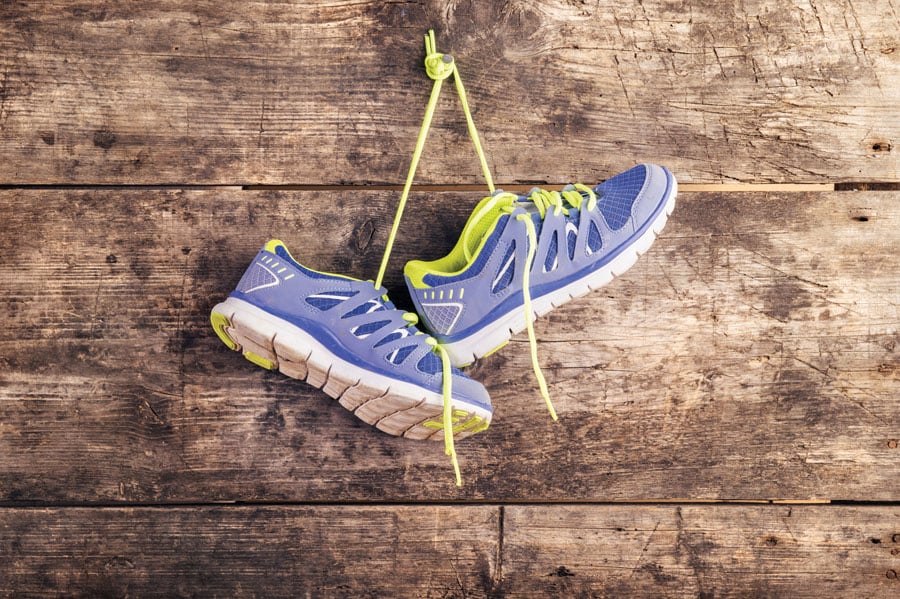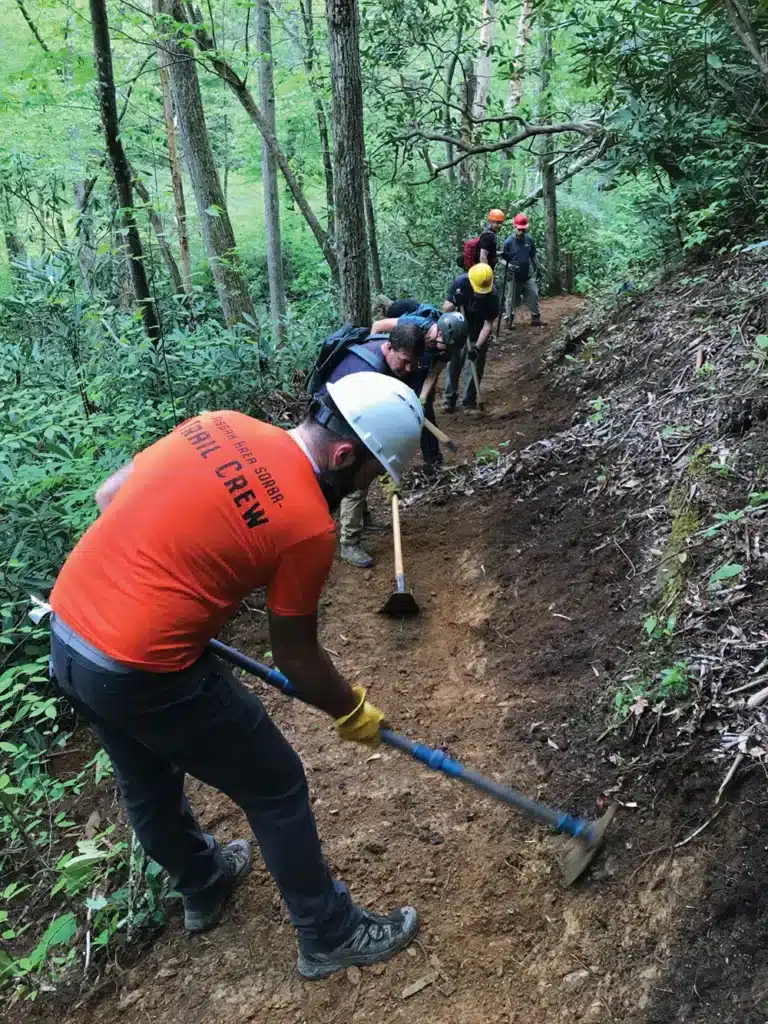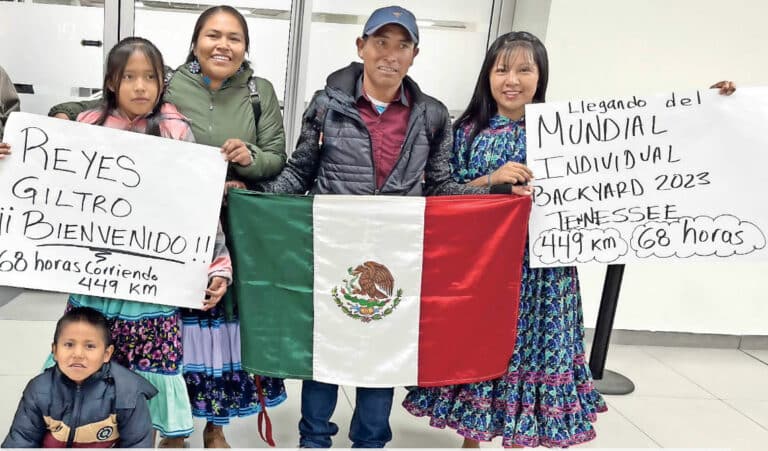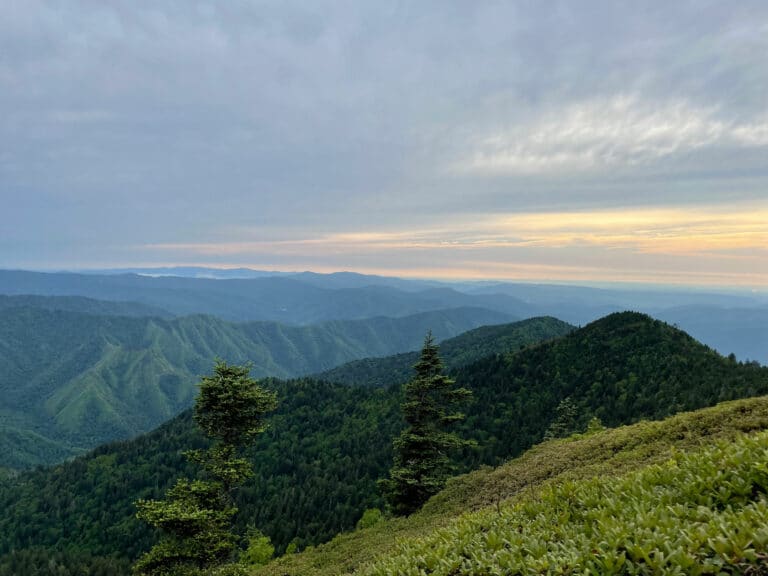As a family practice physician, I offer the prescription of daily exercise to every patient. Common replies include: “Well, I can’t run.” “I have a bad back, knee, ankle.” “My last doctor told me to do something safer.” “It’s too difficult and painful.”
The solution for many lies in getting in touch with their body and the ground.
The foot—the least understood of all moving body parts—is the orchestrator and foundation of all motion. What we do know is that it is perfectly designed for its most important functions: absorbing shock, sending signals to the brain to maintain stability, and forward propulsion.
Modern shoes—inventions of the past 30-plus years—haven’t been able to improve upon the natural function of the million-year-old human foot. Take a look at the chain of events that happen when you place your foot in a modern shoe: the heel is elevated, toes are compressed, the arch of the foot is braced, and forces on the knees, hips, pelvis, and spine are altered.
The arch—when restricted within a non-anatomically shaped shoe—doesn’t function in the manner it was designed for. And elevating the heel initiates a domino effect of compensations. Even the large toe is dynamic and important. Overall, the loss of foot stability is telegraphed up the kinetic chain of our bodies, tilting the pelvis, swaying the back, and shifting our center of mass forward—away from the critical area of the foot that is meant to bear weight. Our posture and gait are thrown out of whack.
Picture an orderly stack of building blocks. Then elevate one edge of the very bottom block. To re-stabilize the tottering stack, you’ll likely need to make several adjustments, mis-aligning each piece from bottom to top.
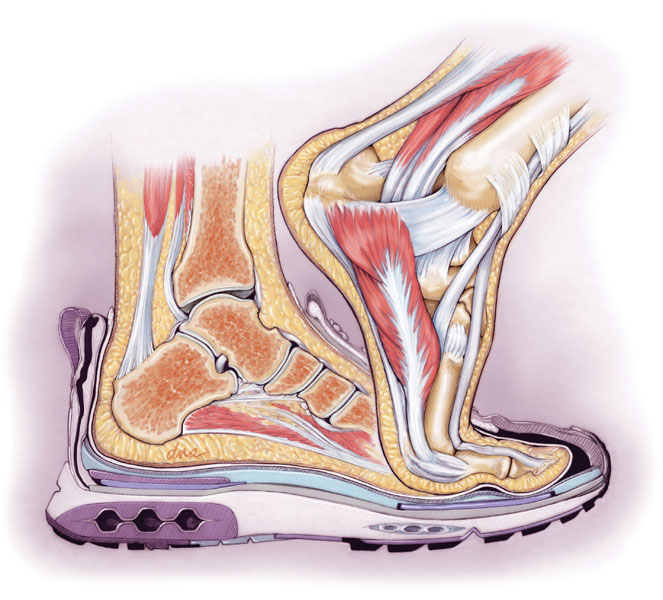
The current minimal running movement is the confluence where doctors, podiatrists, health professionals, coaches, and runners are now joining and discovering the prevention prescription.
My goal is simply to get folks outside, moving, and enjoying their activity pain-free. This has led to a number of events in my own community of Shepherdstown, West Virginia, and even my opening a small running store with a focus on teaching running form and minimalism.
Before running barefoot, I suffered multiple injuries, foot surgery, and was told not to run. Then, ten years ago, I decided to try running in more minimalist shoes. I began cutting shoes down to a level drop, and gradually as my understanding of foot mechanics and kinetic chain evolved, I started going into thinner and thinner shoes. Today I rarely use shoes in summer no matter what the surface and use minimal protection for the cold in the winter. I haven’t had any major injuries in ten years of running in minimalist footwear.
I presented barefoot and minimalist running science with experts Dr. Dan Lieberman and Dr. Irene Davis at the 2011 Boston Marathon. Here are a few of the takeaways I’ve learned from 15 years of running barefoot:
You land softer barefoot, especially on the hard roads.
After a barefoot run where you must self regulate, there is less overall soreness. You experience discomfort and fatigue in the feet well before tissue breakdown (as long as you listen to your feet). The day after running the 2011 Boston Marathon (a 2:34.00 at age 44) in a thin and flat shoe, I had some of the usual post-marathon soreness. I set out on a gentle barefoot run along the Charles River. After this run my body was reset. There was something magical about this that I could not fully explain.
Your feet become thicker and softer.
One does not develop hard calluses, but rather a soft and thicker skin that is very resilient to surface irregularities. The road is the ultimate pumice stone as Dr. Irene Davis has said. The muscles of the foot thicken too. I cannot fit in any shoe I wore two years ago. My feet look like the hands of a lumberjack now and I have a large buffer to injury. My skin, muscles, bones, and tendons have become nearly bombproof.
I have not cut my foot on needles or glass.
Actually if I were to run over small pieces of glass or sharp rocks, I would not be too worried. Like our primal ancestors who ran on rocks, the skin is tough and shapes around the object. A sharp, large protruding object is a different story. This is where eyes come in. Tune in and watch for hazards.
MY POSTURE AND FORM IMPROVE.
Running barefoot forces me to engage my glutes and get my foot down to the ground in the correct vector (accelerating backwards) and reducing what is referred to in the literature as the “loading rate” (the rapidity of the deceleration on contact).
There is more work in barefoot running, especially when the surface is not super smooth.
For racing I can go faster and more reckless in thin shoes, but barefoot running teaches me the foot control, stability, form, and recoil that I can use better when I put a thin shoe back on.
Muscles and tendons feel discomfort; joints do not.
This is really important. A little soreness is a training effect as tissues get stronger. The worst running injuries are arthritis of major joints and these joints (big toe, knee, hip) are not wired for pain until extreme damage has occurred. So yes, everyone should fix their form and learn to land better even if one is not “hurt.”
I’m waking up my springs.
Running is mostly elastic, and the more we are braced, the smaller the springs become. I do supplemental drills to retrain this mechanism.
I have found a new enjoyment in running which comes from the sensations of the foot with the ground. My first running was barefoot on the beach. I am reconnecting with my inner child with a new sense of play when I run. The transition is patient and slow. Even after five years of barefooting and 10 years of minimal shoes, I’m still adapting.
How do you start incorporating barefoot into your day? Go barefoot as often as possible. Just try it progressively over varied indoor and outdoor textures. The proprioceptors in your foot adjust mechanoreceptors throughout your body. Movement guru Dr. Kelly Starrett encourages “Barefoot Saturdays.” Never wear shoes inside. Spend your work day in the most minimal lifestyle shoe you can get away with.
I challenge you to master the art of running slow in your bare feet. This will provide so many benefits for your aerobic system, your brain, your fascia, and the neurologic patterning that is movement. Rediscover the joy and run for your life.
